What Are The Sensors Can Combine With Solar Technology?
Home – Info Center – Blogs –
What Are The Sensors Can Combine With Solar Technology?

By Michael Zhang || Updated on 8th July 2024
Michael Zhang is a seasoned professional with 15 years of experience in the solar lights industry. Throughout his career, he has been actively involved in product design and developing, gaining valuable expertise and insight into the industry. Known for his dedication and professionalism, Michael has contributed significantly to the growth and success of various solar lights projects. His extensive knowledge and hands-on experience make him a trusted authority in the field, and he continues to innovate and excel in his role.
In the field of renewable energy, solar technology is rapidly becoming mainstream due to its environmental friendliness and sustainability. At the same time, a variety of sensor technologies are also playing a key role in human life, and the combination of the two is becoming crucial. So what sensors can be used in conjunction with solar technology? In this article, we take a closer look at the many types of sensors and their specific applications in solar technology.
Table of Contents
Inclination Sensor
If you want the PV module to increase power generation more significantly, you need to equip it with a solar tracking system so that it can change its direction with the direction of the solar energy, thus realizing accurate solar tracking of the PV module, and the core component of the solar module is the tilt sensor.
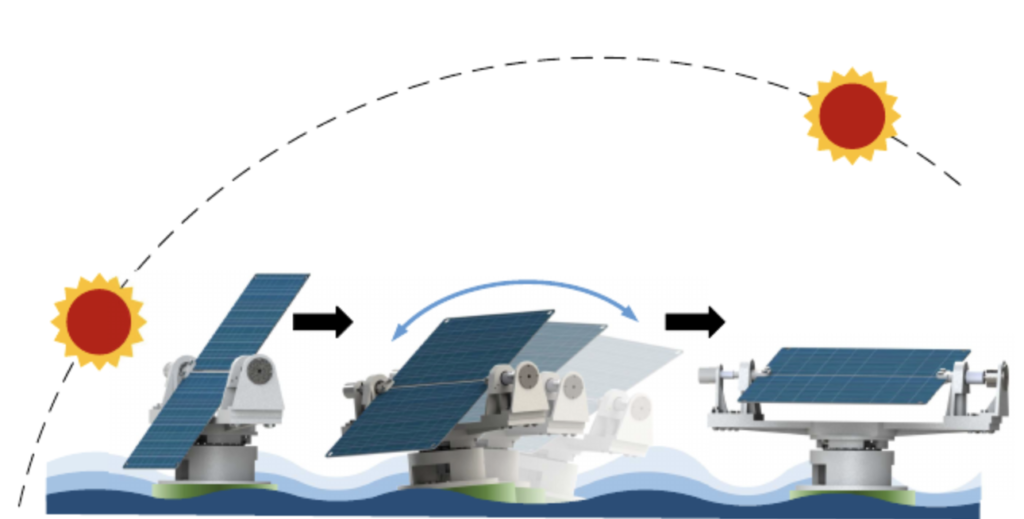
Temperature Sensor
Thermometers with solar panels convert light energy into electricity through the photovoltaic effect, which is stored in a battery to power the temperature sensor and the display system. The temperature sensor detects the ambient temperature and the data is processed and displayed on a display. Compared to conventional thermometers, this thermometer does not require battery replacement and is ideal for long-term use in outdoor environments.
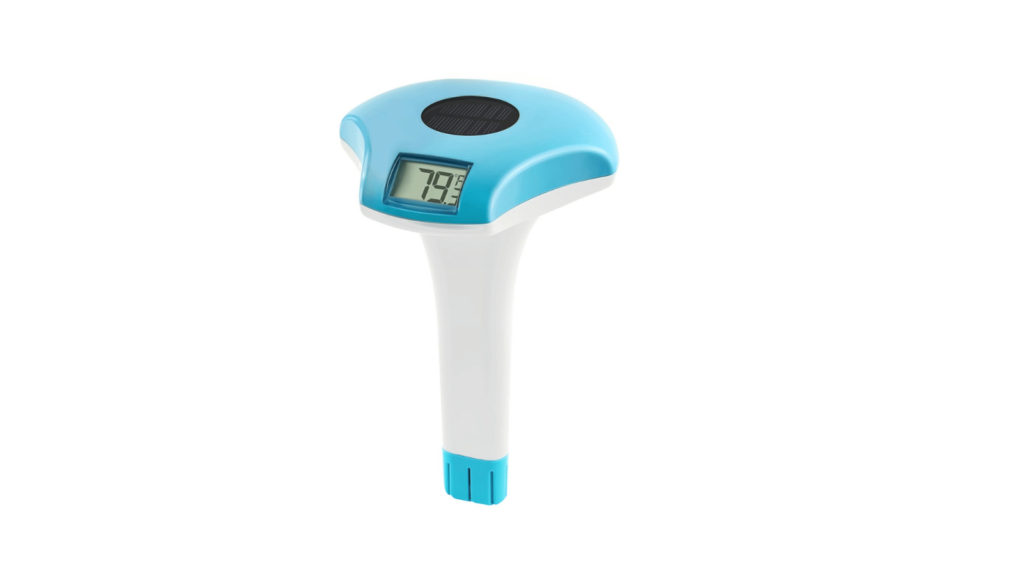
Weather Sensor
These include sensors for measuring wind speed, humidity and atmospheric pressure. They can help predict weather conditions that may affect solar energy production and adjust the system accordingly. This product is ideal for outdoor environments as it can be used with solar panels to achieve wireless charging in the outdoors.
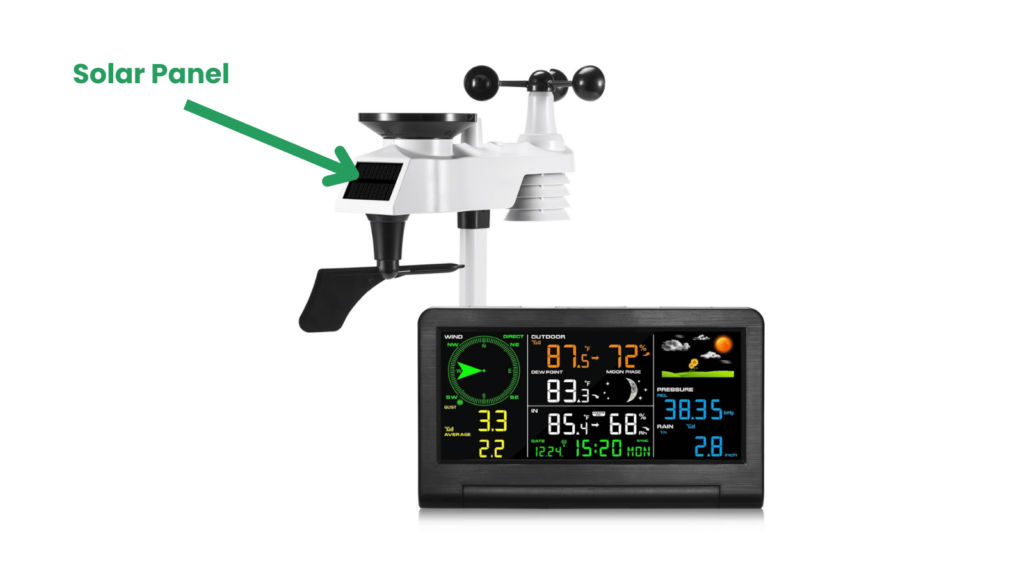
Motion Sensor
Solar lights usually use motion sensors to detect human movement, and the lights turn on automatically only when a human walks into the fixture, thus saving energy.
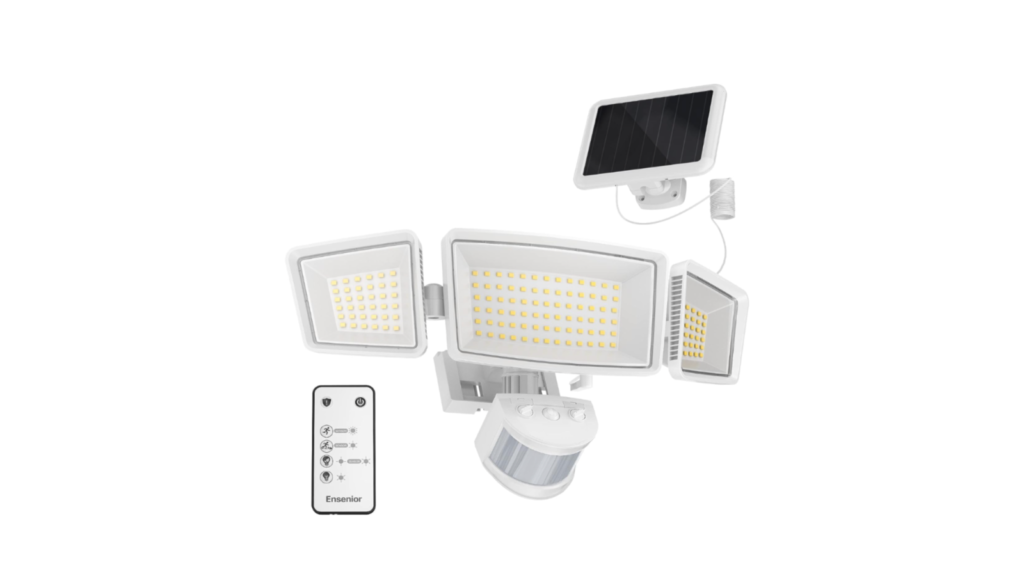
Gas Sensor
This outdoor equipment has gas sensors that can be used as part of an environmental monitoring system to detect methane, carbon monoxide and other harmful gases, providing early warning of leaks or emissions.
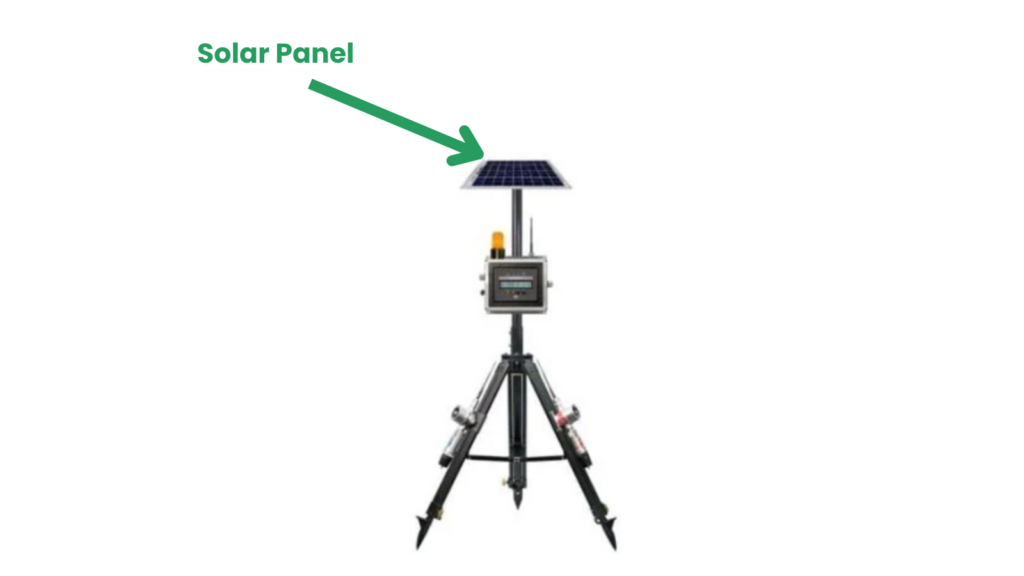
Ultrasonic Sensors
Paired with a solar panel, ultrasonic sensors can be used to repel animals, as many animals can hear high frequency sounds that are inaudible to humans. Ultrasonic sensors can emit these high-frequency sounds to repel animals. Ultrasonic waves are more humane and environmentally friendly than other repellent methods, such as poison or trapping, which do not physically harm the animal.
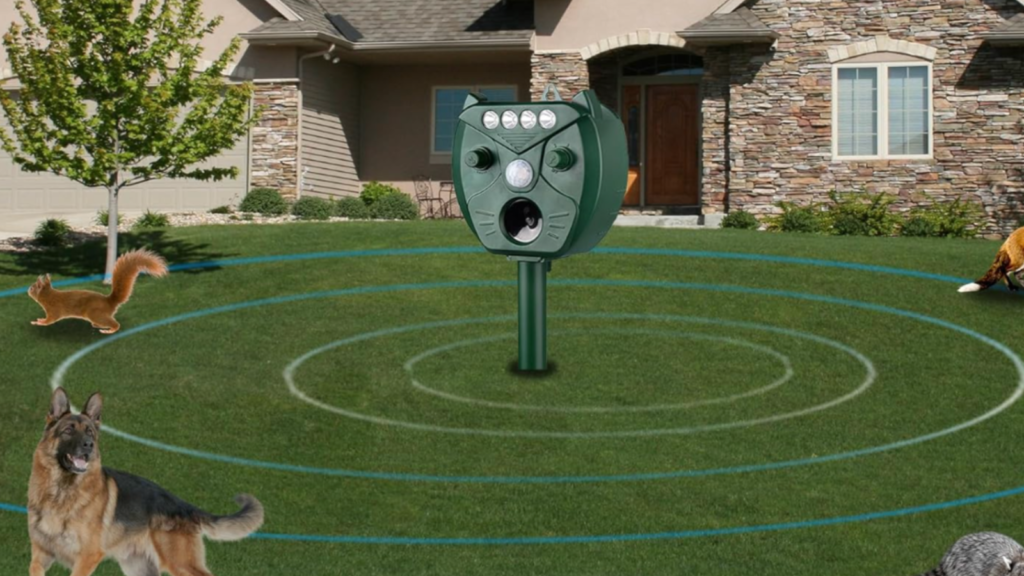
Metal Detection Sensors
By combining solar panels and metal detection sensors, they can be used outdoors to detect buried metal objects underground, such as archaeological excavations, pipeline detection, etc. On production lines for food, pharmaceuticals, textiles, etc., they can detect whether metal fragments are mixed in the products to ensure product quality.
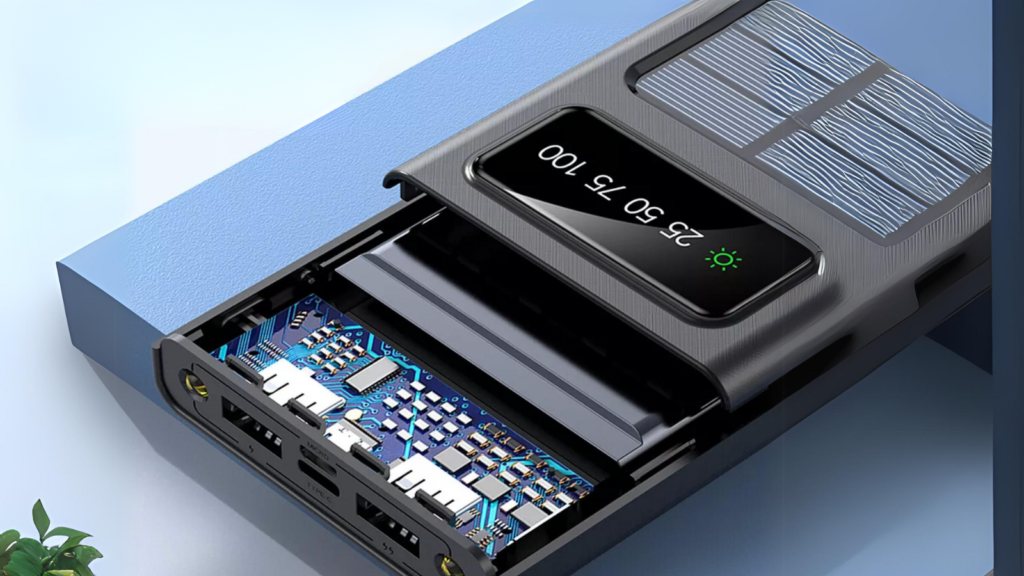
Vibration Sensor
The vibration sensors can be powered by solar energy so that they can be used outdoors to detect and record seismic waves, helping scientists to study seismic activity and early warning systems, as well as to monitor vibrations in structures such as bridges, buildings, tunnels, etc., to ensure their safety and stability.
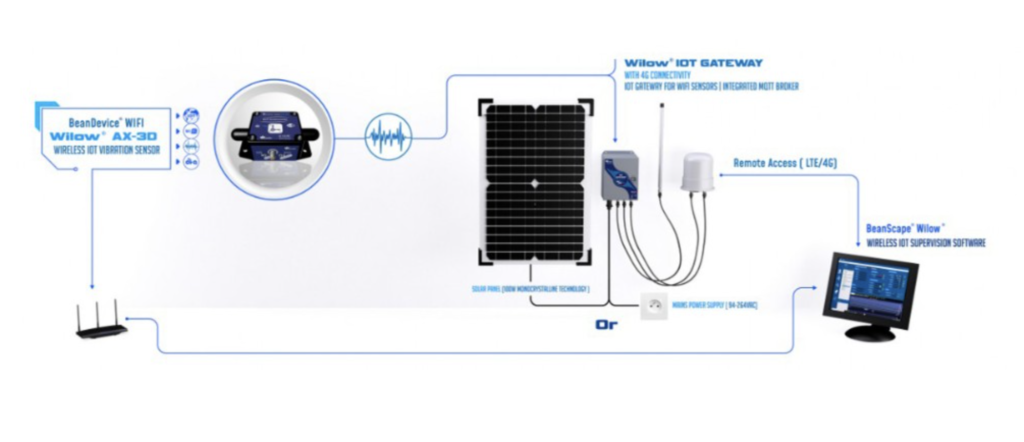
Water Level Monitoring Sensor
By powering the water level monitoring sensor with solar energy, a stable supply of electricity can be provided even in the event of natural disasters or other emergencies, thus ensuring the continuous operation of the water level monitoring system, which is ideal for areas near water or lakes that are difficult to connect to the power grid.
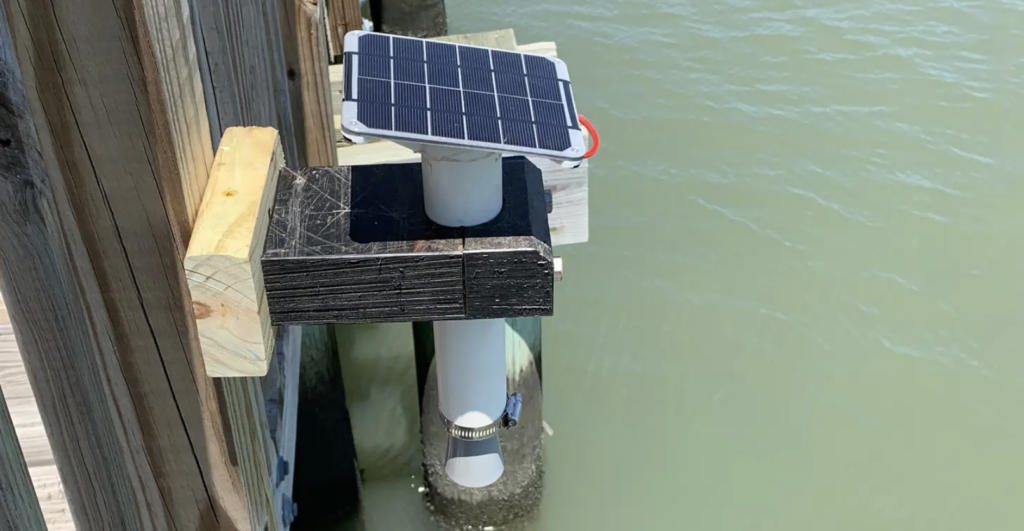
GPS Sensor
The GPS tracker has band sensors inside to track and monitor cargo, vehicles and ships. When the sensor changes its position, the positioning data and location information will be sent to the server, with the solar charging system, it can realize all-weather power supply needs.
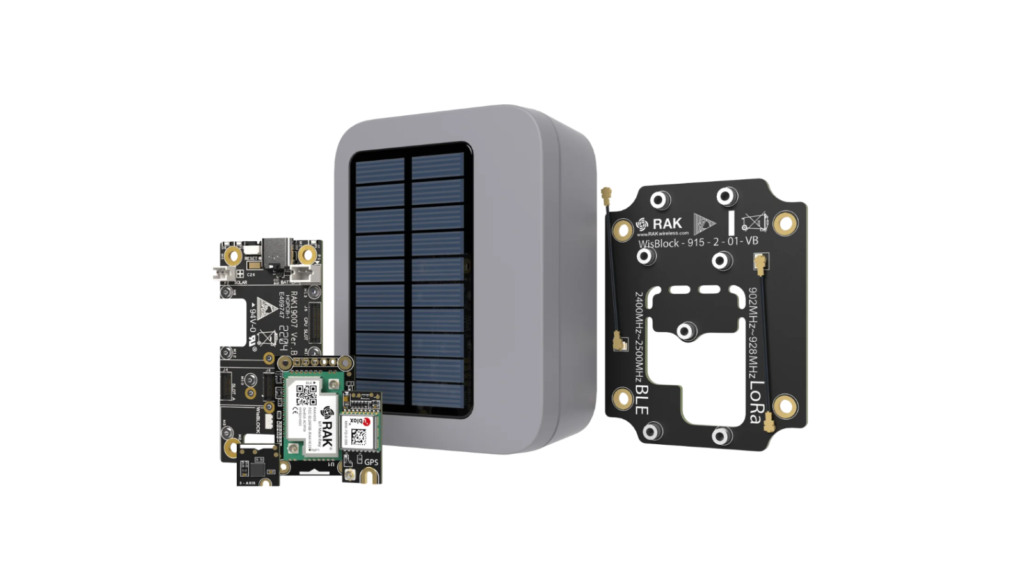
Conclusion
From environmental monitoring sensors to photovoltaic monitoring sensors to intelligent control sensors, they work together to bring more convenience to human life while also contributing more to the sustainable development of global energy, and the combination of the two is undoubtedly an important step towards a green future.
If you want to learn about more types of sensors, please read this blog:
Related Blogs
February 12, 2025
November 10, 2024
Share Via:
Get in Touch with Us Now!
Got questions or feedback? We’d love to hear from you! Just fill out the form below, and our friendly team will respond ASAP.
